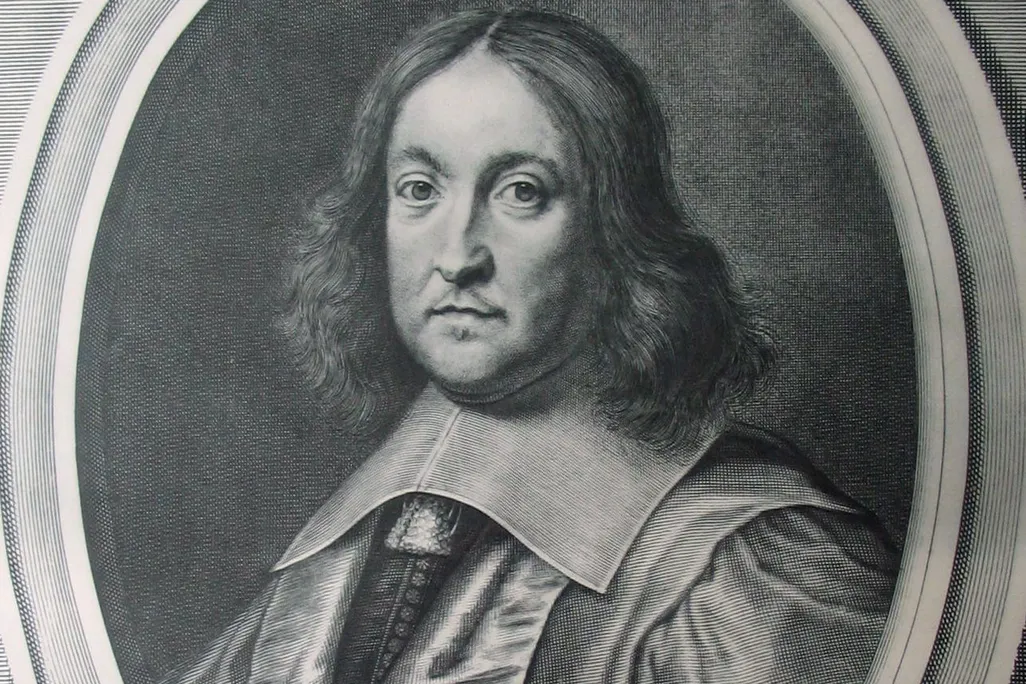
Born in the small town of Beaumont-de-Lomagne, France, in either 1601 or 1607, Pierre de Fermat grew up far from the academic centers of Europe. Yet this quiet legal advisor would go on to reshape entire fields of mathematics. His ideas—scattered in letters, scribbled in book margins, and exchanged with peers—sparked developments in number theory, probability, and geometry. Though he called himself an amateur, Fermat’s contributions to mathematics were nothing short of revolutionary.
He never published a formal mathematical book during his lifetime. Nonetheless, Fermat’s insights—ranging from the properties of prime numbers to the earliest seeds of calculus—laid the groundwork for discoveries centuries ahead of their time.
From Law Student to Mathematical Innovator
Fermat pursued law at the University of Orléans and began his career as a member of the Parlement of Toulouse. While this job might have satisfied most people, Fermat’s passions extended far beyond the courtroom. He immersed himself in classical texts, mastering Latin, Greek, Spanish, Italian, and possibly Basque. Through these languages, he explored the ideas of ancient mathematicians and philosophers—eventually using their foundations to create entirely new mathematical concepts.
Get the best of tech, movies, and culture from MaxMag — weekly.
SubscribeHis curiosity wasn’t limited to pure numbers. He showed a remarkable ability to bridge disciplines. Fluent in geometry, algebra, and linguistic nuance, Fermat moved seamlessly between legal matters by day and mathematical puzzles by night.
Fermat’s Contributions to Mathematics: Geometry, Numbers, and Beyond
A Foundation for Analytic Geometry
Before René Descartes gained credit for developing analytic geometry, Fermat was already combining algebra with geometry. He formulated methods to analyze curves and calculate tangents, allowing mathematicians to describe geometric figures using algebraic equations. While he didn’t publish his ideas widely, manuscripts found after his death revealed that he had developed an advanced understanding of coordinate geometry well before it became mainstream.
This breakthrough marked a turning point: instead of drawing figures and measuring shapes, mathematicians could now represent complex curves with equations. This approach changed geometry from a visual field into an analytical science.
📎 Related Reading: American Mathematical Society on Analytic Geometry
Seeds of Calculus
More than a century before Newton and Leibniz formalized calculus, Fermat tackled similar problems involving slopes, tangents, and maxima. Through a clever method he called “adequality,” he compared values that were nearly equal to approximate rates of change. With this tool, he calculated areas under curves and found tangents—achievements that resemble integral and differential calculus today.
Although Fermat lacked the modern notation of calculus, his intuitive understanding prefigured what would later become one of mathematics’ most powerful tools.

Number Theory and the Mystery of Fermat’s Last Theorem
Among Fermat’s contributions to mathematics, none has achieved as much fame as his so-called “Last Theorem.” While reading a Latin edition of Diophantus’s Arithmetica, Fermat scribbled in the book’s margin that he had a “truly marvelous proof” that the equation xn+yn=znx^n + y^n = z^n had no solutions in positive integers when n>2n > 2. But, he added, “this margin is too small to contain it.”
That brief comment triggered a mathematical chase lasting over 350 years. Mathematicians from all over the world attempted to solve the puzzle. Some made progress under certain conditions; others failed altogether. It wasn’t until 1994 that British mathematician Andrew Wiles, after seven years of intense work, produced a proof using advanced concepts in algebraic geometry and number theory.
📎 For a deep dive, see Princeton University’s feature on Andrew Wiles
While the original “proof” Fermat claimed remains lost to history, the theorem bearing his name helped birth entirely new fields of mathematics. This was the enduring magic of Fermat: even his unproven ideas were powerful enough to spark centuries of discovery.
Fermat’s Little Theorem and Other Number Insights
In his exploration of integers, Fermat also made substantial strides that would influence modern computing. His “Little Theorem” states that if pp is a prime number and aa is an integer not divisible by pp, then ap−1≡1(modp)a^{p-1} \equiv 1 \pmod{p}. This idea, though simple to express, has profound implications. Today, it’s one of the cornerstones of public-key cryptography systems like RSA.
Fermat also studied perfect numbers (numbers equal to the sum of their proper divisors) and amicable numbers (two numbers where each is the sum of the other’s divisors). These explorations showed how deeply he appreciated patterns within the number system—even if their practical applications wouldn’t emerge until centuries later.
Collaboration with Pascal: The Birth of Probability
In 1654, Fermat entered into a correspondence with Blaise Pascal to solve a gambling problem. Their letters back and forth laid the foundation for what is now known as probability theory. Prior to this, chance was a concept left to intuition. Fermat and Pascal’s work introduced the idea that probability could be measured, calculated, and predicted with mathematical rigor.
From coin tosses to modern risk analysis, the structure they developed has since influenced economics, insurance, finance, and the entire field of statistics.
📎 Learn more from the National Institute of Standards and Technology
A Principle of Light: The Path of Least Time
Fermat was also interested in physics, particularly optics. He proposed that light always takes the path of least time—a principle now fundamental in the study of refraction and wave behavior. Known as Fermat’s Principle, this insight showed that physical phenomena could be explained through mathematical laws—a revolutionary concept at the time.
This principle became one of the early examples of variational methods, now common in physics and engineering.
Legacy: Why Fermat Still Shapes Modern Mathematics
Although Fermat lived in an age without journals or peer-reviewed papers, his influence resonates through every branch of modern mathematics. He preferred communicating his discoveries through private letters and personal notes—yet his ideas laid the groundwork for fields that would blossom in later centuries.
Mathematicians like Euler, Gauss, and Wiles built upon his ideas. In Toulouse, the Fermat Prize continues to recognize outstanding achievements in the areas he once explored: number theory, analytic geometry, and partial differential equations.
His method of inquiry—simple, elegant, and daring—continues to inspire generations of thinkers to pursue the unknown.
FAQ: Pierre de Fermat and His Mathematical Legacy
Q1: What makes Fermat’s Last Theorem so famous?
Its mystery. Fermat claimed to have a proof but never published it, sparking centuries of mathematical effort. It wasn’t proven until 1994, making it one of the longest-standing unsolved problems in history.
Q2: What are some practical uses of Fermat’s work today?
His Little Theorem is critical in encryption. His ideas in probability influence finance and statistics. His geometric work laid the groundwork for computer graphics and spatial modeling.
Q3: Did Fermat and Pascal invent probability theory?
Yes, their correspondence in the 1650s marked the first structured development of probability, turning a field of guesswork into one of rigorous science.
Q4: Why didn’t Fermat publish more?
Fermat was more focused on exploration than recognition. The academic publishing system as we know it didn’t exist yet, and he preferred to correspond with friends and peers.
Q5: What is the Fermat Prize?
It is a prestigious award given every two years in France for significant research in fields influenced by Fermat’s work, such as number theory and geometry.




